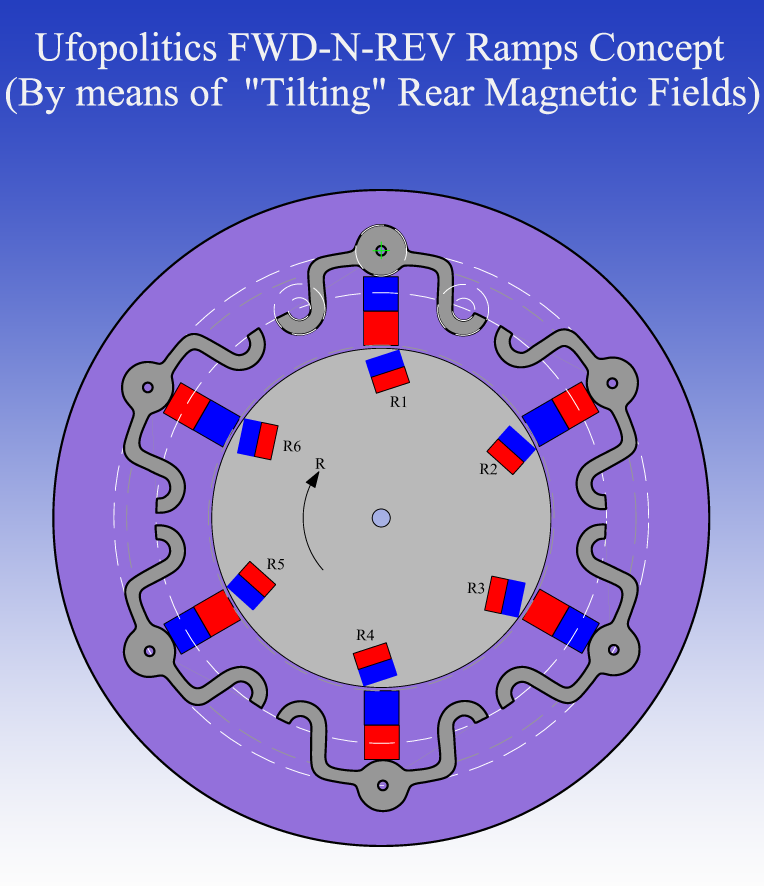Hello to All,
I have a method to try first to interpret every data that has given very carefully...reading in between lines and comparing answers...then apply it first through my CAD Designs...I could, in the mean time start getting all stuff I need...but do not actually start building til I am convinced what am gonna do is gonna work fine or at least show good results...My first designs could be way off...like it has happened here...but as I keep "digesting" all data they 'normally' get better and make more sense.
Related to the Ramps designs and MadMack's descriptions as his answers to other members...we could put together a more advanced model...:
Please allow me to show you a few posts where we could gather the right info about the more advanced (working) model:
Mad Mack first Post:
Originally posted by MadMack
View Post
Originally posted by MadMack
View Post
Originally posted by MadMack
View Post
Originally posted by kenssurplus
View Post
Originally posted by MadMack
View Post
Originally posted by MadMack
View Post
Believe me...I have gone through several different Ramps Shapes, trying to create a Sequential Flow by connecting Stator/Ramp>>Stator/Ramp...to be able to accomplish what is stated on the first post...using the Ramps as Forwarding (CW), Neutral/Stop Rotor...and Reversing Rotation (CCW)...While at different angles this Ramps will do "Throttle" speeds in either directions just like a "Gas Pedal"...

Of course, I am using some advanced acquired knowledge from magnetic fields geometries which you will not find in a Classic Book about Electromagnetism...
[IMG]
 [/IMG]
[/IMG]On this CAD above am showing at 12 O'Clock Ramp (Above R1) the main 'construction circles' I have utilized to lay down the main shape. And in this positioning of Ramps the Rotor is in Neutral.
What am doing is "Tilting" just the rear Magnetic Fields from each Stator Independently...The pivot point is exactly at the center end of the outer poles, and I rather use an iron screw for this and NOT a non ferromagnetic material Screw or Shaft to pivot ramp...The pivoting cylinder mass housing the shaft should be as wide as the Magnet pole size in 3D, meaning height, depth and width.
EXAMPLE GIVEN: On this Six Pole Motor by only tilting Three alternated Ramps by 120º apart...of the same type of pole...and we will see a gain in speed...Example: tilting the North Outer Poles just a little bit in CCW adjustment should cause Rotor to spin in the arrow direction "R" or CW...like shown below:
[IMG]
 [/IMG]
[/IMG]Making the reversed adjustments will cause rotor to spin CCW...
Critical or more degrees all the way to the gap line in either directions would generate faster speeds.
I will post later some adjustments and Ramps Poles Colors...here they are just grey, because they are set in Neutral...

Regards
Ufopolitics
EDIT: Knowing the way a Polarized Magnetic Field expands into space...I would rather build this Ramps considering to be closer to a Three-dimensional Model...or as close to a Bell Shape as I could do...this will generate a MUCH Stronger and complete Polarized and Dynamic Force...but that is complicated...so for now I will just build it with simple iron thick and flat pieces...





Leave a comment: